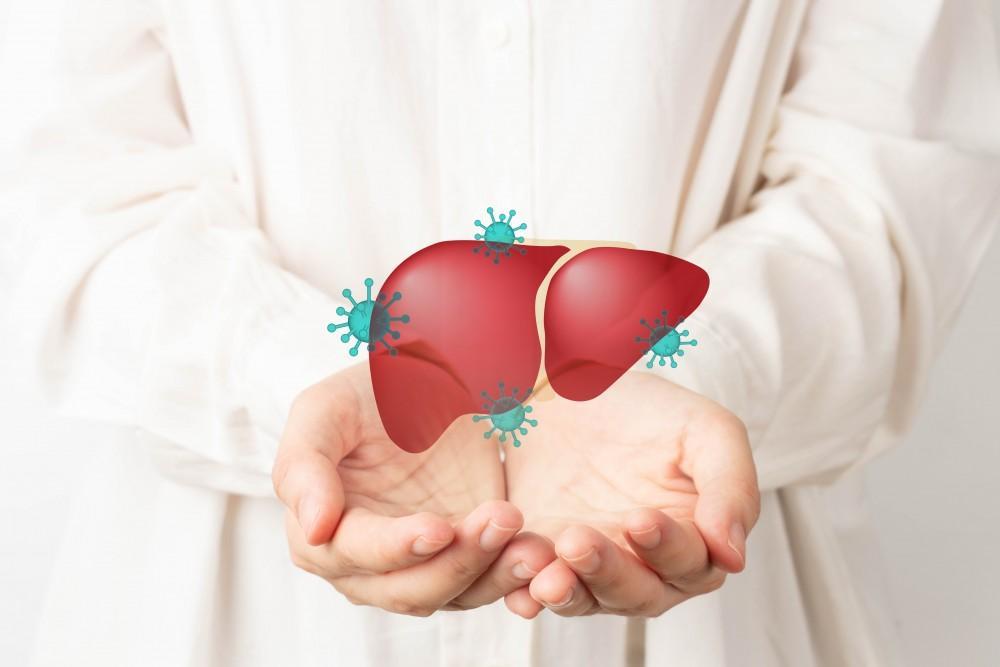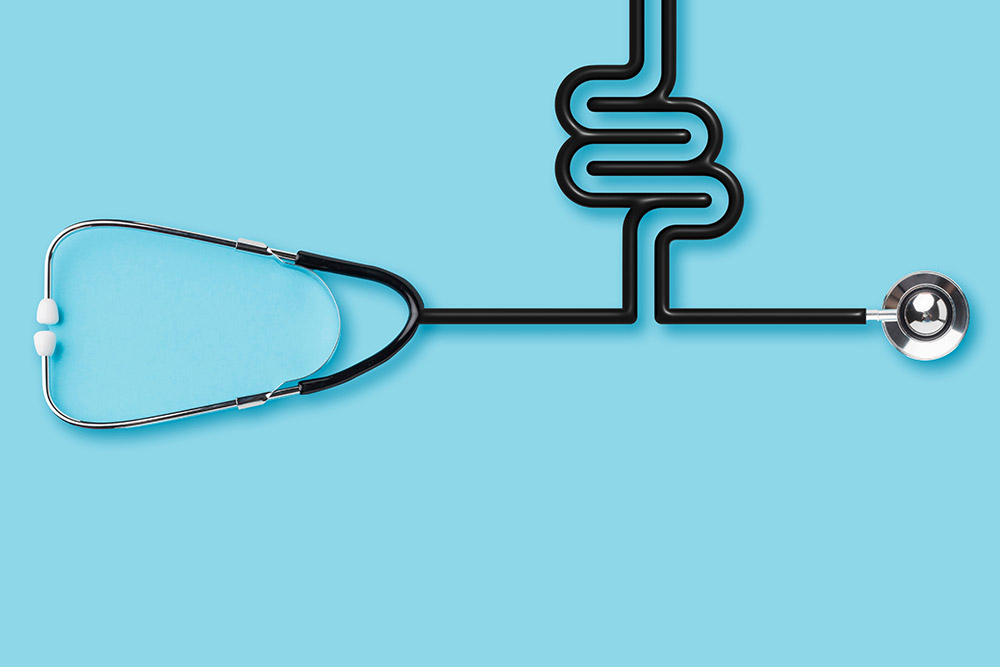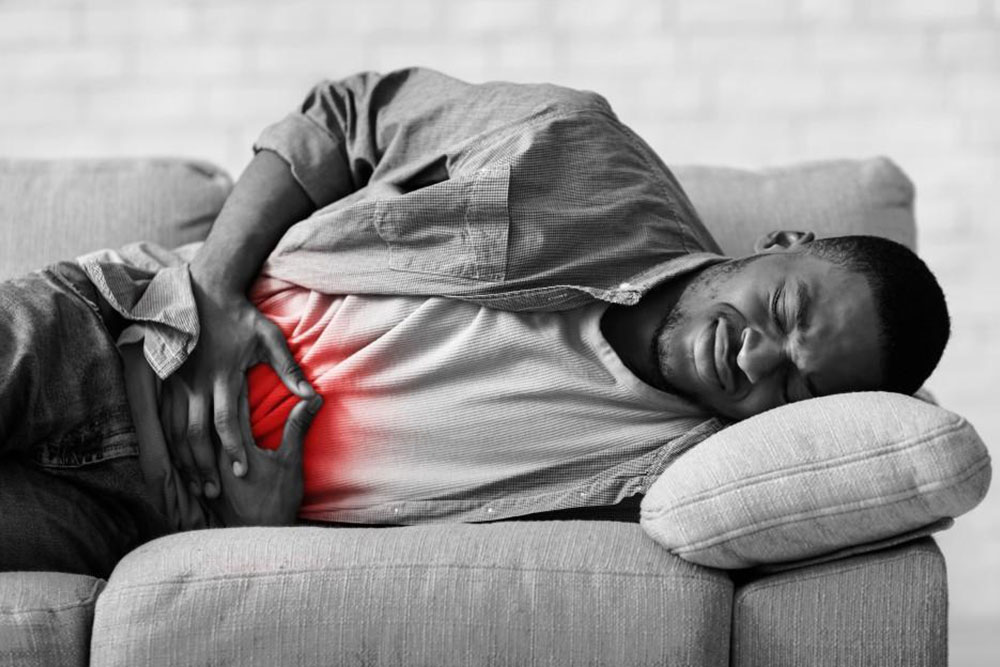Expert Treatment for Colon Angioectasias by Dr. Bharat Pothuri
Dr. Pothuri uses a step-by-step approach:
Medical History and Physical Exam
He reviews your bleeding history, medication use (especially blood thinners), family history of vascular lesions, and symptoms such as visible blood or unexplained fatigue.
Blood Tests
A complete blood count (CBC) checks for anemia, and iron studies assess iron stores. Additional labs rule out other causes of gastrointestinal blood loss.
Endoscopic Evaluation
- Colonoscopy directly visualizes angioectasias and allows for immediate treatment (argon plasma coagulation, band ligation, etc.).
- Capsule endoscopy may be deployed if bleeding is intermittent or lesions are suspected beyond the reach of the colonoscope.
Imaging Studies
- CT angiography locates active bleeding when endoscopic exams are inconclusive.
Advanced Testing (if needed)
Conventional angiography can both pinpoint the bleeding vessel and permit embolization in cases of persistent or severe hemorrhage.
Frequently Asked Questions
What are colon angioectasias?
Colon angioectasias are small, fragile blood vessels in the lining of the colon that can swell and bleed.
What causes them?
The main factors include aging, heart or kidney disease, use of blood thinners, and family history of vascular issues.
Can diet help?
Eating iron-rich foods and staying hydrated supports recovery and helps manage anemia but cannot prevent angioectasias from forming.
What is the ICD-10 code for this condition?
The ICD-10 code for colon angioectasias is K31.8, which is used in medical records and for insurance purposes.
How are they treated?
Treatment options range from lifestyle modifications and iron supplements to endoscopic therapies such as argon plasma coagulation or band ligation.
Is follow-up needed?
Yes. Regular follow-up visits are important to monitor for new bleeding sites and ensure your treatment plan remains effective.












